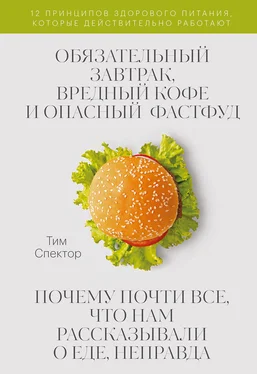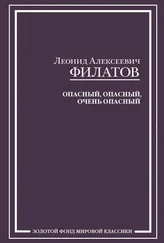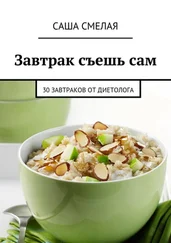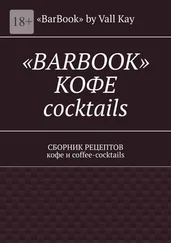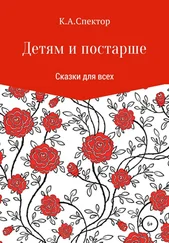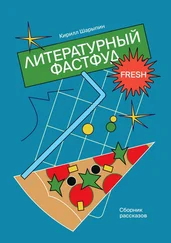Schoenfeld B. J. Is there a postworkout anabolic window of opportunity for nutrient consumption? // Journal of Orthopaedic and Sports Physical Therapy. 2018. Vol. 48. No. 12. Pp. 911–914.
Devries M. C. Changes in kidney function do not differ between healthy adults consuming higher-compared with lower- or normal-protein diets: a systematic review and meta-analysis // Journal of Nutrition. 2018. Vol. 148. No. 11. Pp. 1760–1775.
Стир-фрай (от англ. stir-fry — «жарить, перемешивая») — популярная в Азии технология приготовления пищи: быстрое обжаривание в раскаленном масле, в глубокой сковороде, при непрерывном перемешивании.
Burton-Freeman B. M. Whole food versus supplement: comparing the clinical evidence of tomato intake and lycopene supplementation on cardiovascular risk factors // Advances in Nutrition. 2014. Vol. 5. No. 5. Pp. 457–485.
Lippman S. M. Effect of selenium and vitamin E on risk of prostate cancer and other cancers: the Selenium and Vitamin E Cancer Prevention Trial // JAMA. 2009. Vol. 310. No. 1. Pp. 39–51.
Abdelhamid A. S. Omega-3 fatty acids for the primary and secondary prevention of cardiovascular disease // Cochrane Systematic Review. 2018. Vol. 7. P. CD003177.
Manson J. E. Marine n-3 fatty acids and prevention of cardiovascular disease and cancer // New England Journal of Medicine. 2019. Vol. 380. No. 1. Pp. 23–32.
Khan S. U. Effects of nutritional supplements and dietary interventions on cardiovascular outcomes // Annals of Internal Medicine. 2019. Vol. 171. No. 3. Pp. 190–198.
Toews I. Association between intake of non-sugar sweeteners and health outcomes: systematic review and meta-analyses of randomised and non-randomised controlled trials and observational studies // BMJ. 2019. Vol. 364. P. k4718.
Dunford E. K. Non-nutritive sweeteners in the packaged food supply — an assessment across 4 countries // Nutrients. 2018. Vol. 10. No. 2. P. e257.
Aaron D. G. Sponsorship of national health organizations by two major soda companies // American Journal of Preventative Medicine. 2017. Vol. 52. No. 1. Pp. 20–30.
Gornall J. Sugar: spinning a web of influence // BMJ. 2015. Vol. 350. P. h231; infographic doi.org/10.1136/bmj.h231.
Veldhuizen M. G. Integration of sweet taste and metabolism determines carbohydrate reward // Current Biology. 2017. Vol. 27. No. 16. Pp. 2476–2485.
Blundell J. E. Low-calorie sweeteners: more complicated than sweetness without calories // American Journal of Clinical Nutrition. 2019. Vol. 109. No. 5. Pp. 1237–1238.
Suez J. Artificial sweeteners induce glucose intolerance by altering the gut microbiota // Nature. 2014. Vol. 514. No. 7521. Pp. 181–186.
Ruiz-Ojeda F. J. Effects of sweeteners on the gut microbiota: a review of experimental studies and clinical trials // Advances in Nutrition. 2019. Vol. 10. Pp. s31–s48.
Daly K. Bacterial sensing underlies artificial sweetener-induced growth of gut Lactobacillus // Environmental Microbiology. 2016. Vol. 18. No. 7. Pp. 2159–2171.
joinzoe.com.
Higgins K. A. A randomized controlled trial contrasting the effects of 4 low-calorie sweeteners and sucrose on body weight in adults with overweight or obesity // American Journal of Clinical Nutrition. 2019. Vol. 109. No. 5. Pp. 1288–1301.
Olsson K. Microbial production of next-generation stevia sweeteners // Microbial Cell Factories. 2016. Vol. 15. No. 1. P. 207.
joinzoe.com.
Wang Q. P. Non-nutritive sweeteners possess a bacteriostatic effect and alter gut microbiota in mice // PLOS ONE. 2018. Vol. 13. No. 7. P. e0199080.
Цикута (вёх ядовитый) — токсичное растение семейства зонтичные, широко распространенное на территории Восточной Европы и Северной Америки. Прим. науч. ред.
Borges M. C. Artificially sweetened beverages and the response to the global obesity crisis // PLOS Medicine. 2017. Vol. 14. No. 1. P. e1002195.
Cowburn G. Consumer understanding and use of nutrition labelling: a systematic review // Public Health Nutrition. 2005. Vol. 8. No. 1. Pp. 21–28.
Geiger C. J. Health claims: history, current regulatory status, and consumer research // Journal of the American Dietetic Association. 1998. Vol. 98. No. 11. Pp. 1312–1314.
В России норма физиологических потребностей в пищевых волокнах (клетчатке) для взрослых составляет 20 г (согласно МР 2.3.1.2432–08 Нормы физиологических потребностей в энергии и пищевых веществах для различных групп населения Российской Федерации). Прим. науч. ред.
DuBroff R. Fat or fiction: the diet-heart hypothesis // BMJ Evidence-Based Medicine. 2019. 29 May. P. ii: bmjebm-2019–111180.
fao.org/faostat/en/#data/FBS.
Goiana-da-Silva F. Front-of-pack labelling policies and the need for guidance // Lancet Public Health. 2019. Vol. 4. No. 1. P. PE15.
Estruch R. Primary prevention of cardiovascular disease with a Mediterranean diet // New England Journal of Medicine. 2013. Vol. 368. Pp. 1279–1290.
Ares G. Comparative performance of three interpretative front-of-pack nutrition labelling schemes: insights for policy making // Food Quality and Preference. 2018. Vol. 68. Pp. 215–225.
Acton R. B. Do consumers think front-of-package “high in” warnings are harsh or reduce their control? // Obesity. 2018. Vol. 26. No. 11. Pp. 1687–1691.
Cecchini M. Impact of food labelling systems on food choices and eating behaviors: a systematic review and meta-analysis of randomized studies // Obes. Rev. Mar. 2016. Vol. 17. No. 3. Pp. 201–210.
Bleich S. N. Diet-beverage consumption and caloric intake among US adults, overall and by body weight // American Journal of Public Health. 2014. Vol. 104. Pp. e72–e78.
Petimar J. Estimating the effect of calorie menu labeling on calories purchased in a large restaurant franchise in the southern United States: quasi-experimental study // BMJ. 2019. Vol. 367. P. l5837.
Downs J. S. Supplementing menu labeling with calorie recommendations to test for facilitation effects // American Journal of Public Health. 2012. Vol. 103. Pp. 1604–1609.
Monteiro C. A. NOVA. The star shines bright // World Nutrition. 2016. Vol. 7. No. 1–3. Pp. 28–38.
Читать дальше
Конец ознакомительного отрывка
Купить книгу
